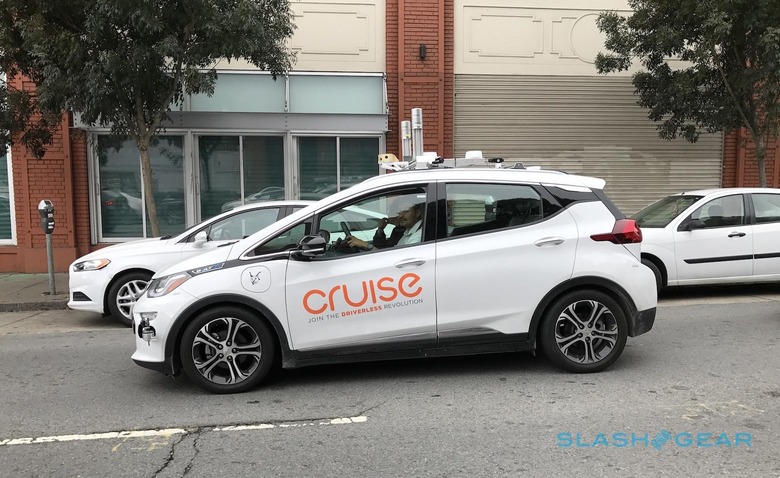California Is Removing Its Most Controversial Driverless Car Rule
Autonomous cars in California may do away with the human backup driver behind the wheel, with newly proposed regulations amending one of the most controversial aspects of the current rules. The California DMV had opened up its regulations for driverless testing and deployment regulations earlier this year for public input, releasing a new version today that includes significant changes to what companies working on self-driving cars are required to do should human intervention be demanded.
Currently, according to California's rules, autonomous cars being tested on public roads require a person be physically present behind the wheel at all times. Though the car might be driving itself, the human operator must be in a position to step in and take over if the situation gets beyond that of the autonomous systems.
It's a requirement that has been widely debated among companies and teams working on driverless projects. On the one hand, unplanned disengagements – that is, times when the autonomous system either turns itself off because it's unsure how to deal with specific road conditions, or when a human operator has to assume control – do still happen, despite the maturity of many of the systems. The contrasting argument, though, is that given the advanced nature of the systems, mandating a physical presence is no longer practical.

Still, so far it has been demanded, hence companies like Cruise Automation, the GM-owned self-driving startup, and others who are operating closed trials of self-driving vehicles have still had to include an operator whenever their cars are on the road. It's this that the newly proposed driverless testing and deployment regulations addresses.
Previously, the regulations stated that the vehicle could not be "operated or drive, without active physical control by a natural person sitting in the vehicle's driver's seat. That's been removed in this updated version, with the DMV arguing that it was needlessly restrictive to continue demanding a person in each test vehicle.
"The word "both" has been replaced with "and/or" to indicate that the hardware and software can be either in the vehicle or remote. This amendment was necessary because requiring the technology to be "both remote and on board" could be unnecessarily limiting on the development of the technology; changing it to "and/or" provides the flexibility that the technology can reside either entirely, or partially, on or off-board." California DMV
The regulations also add a new term, "minimal risk condition." That's defined as the low-risk operating condition a driverless vehicle will automatically return to should the car's autonomous systems fail or if a human operator doesn't take over. That, too, can now be remotely managed according to the updated regulations.
Interestingly, the DMV doesn't specify what method any remote safety driver might use to interact with the driverless vehicle, only saying that there must be a way to constantly communicate with any occupants. In the case of a crash, a contact must be available 24/7 to respond to any other drivers or emergency services on the scene. That potentially opens the door to a distant operations center where safety drivers monitor autonomous vehicles and can take over from their keyboard, leaving all the seats in the car itself free for passengers.
Assuming no further problems or arguments arise in the next fifteen day public comment period, the new set of rules will be handed over to the state government to finalize. They could go live as early as mid-2018.
MORE California DMV
